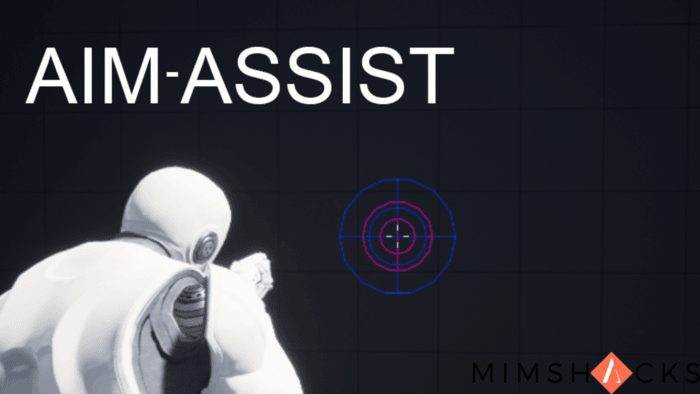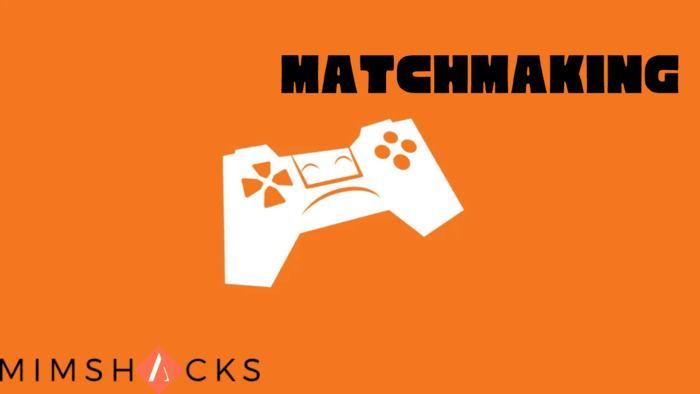What Does CT Mean in Valorant?
CT in Valorant represents the defending team or their spawn zone, meaning “Counter-Terrorist.”
It’s a term taken from Counter-Strike, used to identify the team guarding the spike sites or areas usually held by defenders.
Now, let’s explore the meaning of CT, which often fills the comms in every game. If you’ve ever heard your team talk about “CTs” during a match without real counter-terrorists, you’re about to understand its role.
Let’s break down how this term influences how we speak about Valorant!
In Valorant, “CT” stands for “Counter-Terrorist,” though the game doesn’t include counter-terrorists.
It refers to the defending team or their spawn area. Defenders work to stop the spike from planting or defuse it if planted, regardless of the agents they choose.
When players use “CT,” they could mean:
- The defending team
- The defending team’s spawn area
- Areas typically controlled by defenders
For instance, “They’re rotating CT” means attackers are heading toward the defenders’ spawn. “CT is clear” suggests the defender-side areas of a site are free of enemies.
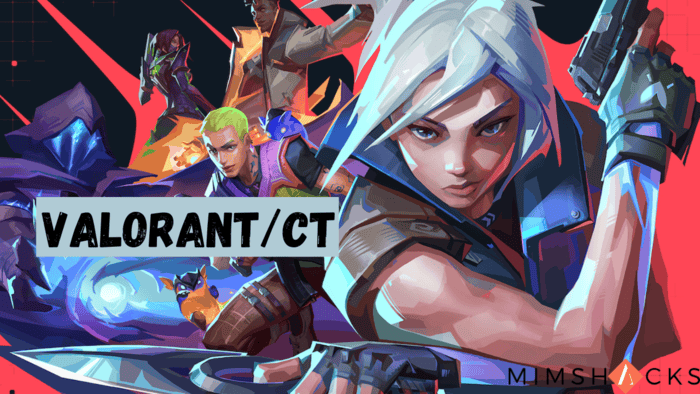
Where Did the Term Come From?
CT comes from Counter-Strike, a popular tactical shooter. The game’s teams split into Terrorists (T) and Counter-Terrorists (CT).
When Valorant was released, many players familiar with Counter-Strike joined in.
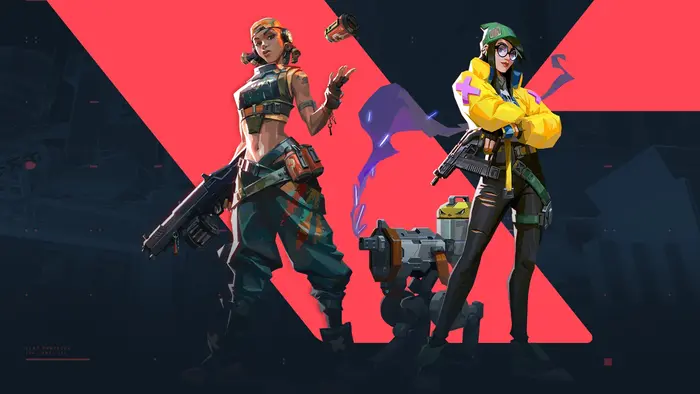
They brought the terms “CT” for defenders and “T” for attackers. These terms remained, even though Valorant doesn’t have terrorists or counter-terrorists in its story.
Using familiar terms like this happens often in gaming. Just as people still say “tape” for digital recordings, FPS players kept “CT” because it was simple, quick, and widely understood.
How to Use “CT” Correctly in Valorant?
Using “CT” in Valorant depends on the context. Here’s how to use it:
- Team Reference: Use “CT” to refer to the defending team. For example, “CT is eco” means the defenders are on a low-budget round.
- Position Callouts: Use “CT” to describe defender-favored positions. For example, “Watching CT” means guarding the path from the defender spawn.
- Rotations: When players say “Rotating CT,” they mean moving through the defender’s spawn to another site.
- Map Control: “CT control” means the attackers have taken areas typically controlled by defenders.
- Post-Plant Situations: After planting the spike, “CTs” refer to the defenders attempting to retake the site.
- Economy Discussions: “CT economy” refers to the financial situation of the defending team.
Note: While “CT” is widely understood, Valorant uses the official terms “Attackers” and “Defenders.” These official terms might be more precise in formal settings or with newer players.
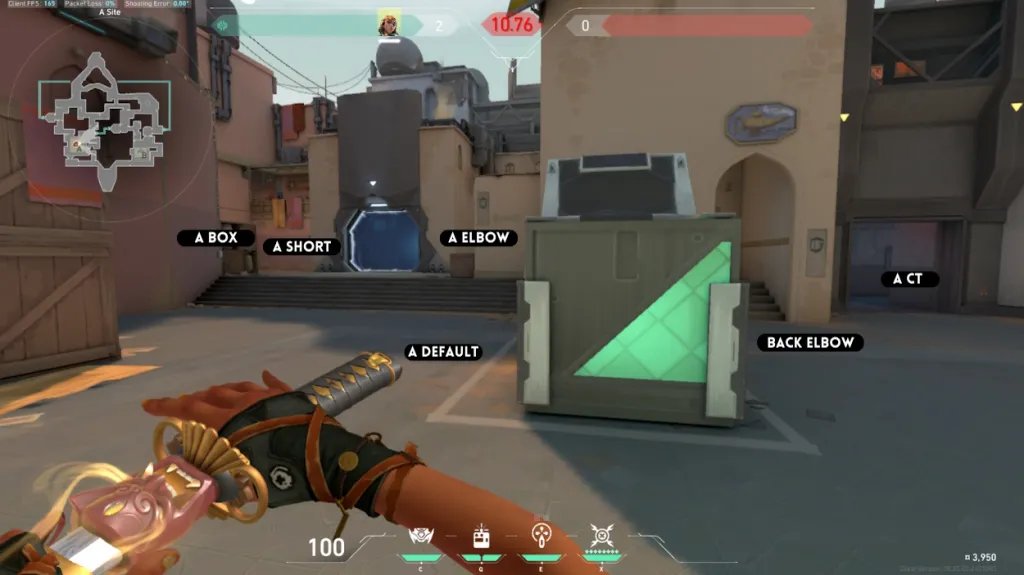
Related Terms
When discussing CTs in Valorant, you may encounter these terms:
- T Side: Refers to the attacking team, also called the Terrorist side.
- A Site/B Site: Areas where players can plant the spike.
- Mid: The central part of the map is essential for rotations.
- Heaven: An elevated position overlooking a site, often held by CTs.
- Hell: A lower area beneath Heaven, used by both CTs and Ts.
- Rotate: Moving between regions on the map, often through CT spawn.
- Lurk: A strategy where a player (usually a T) stays behind to catch rotating CTs.
- Retake: When CTs try to regain site control after planting the spike.
- Default: A standard defensive position for CTs at the start of a round.
- Cross: Moving across an open space is risky for CTs rotating between sites.
- Flank: An attack from behind, often done by CTs through T spawn.
- One-and-Done: A defensive position that is good for one kill but hard to escape from, often used by CTs.
You now understand what “CT” means in Valorant. Clear communication is essential in tactical shooters, so make sure your team understands your callouts, like “CTs rotating” or “Defenders on the move.”
While Valorant doesn’t have literal counter-terrorists, the need for quick, efficient callouts is vital for success.


